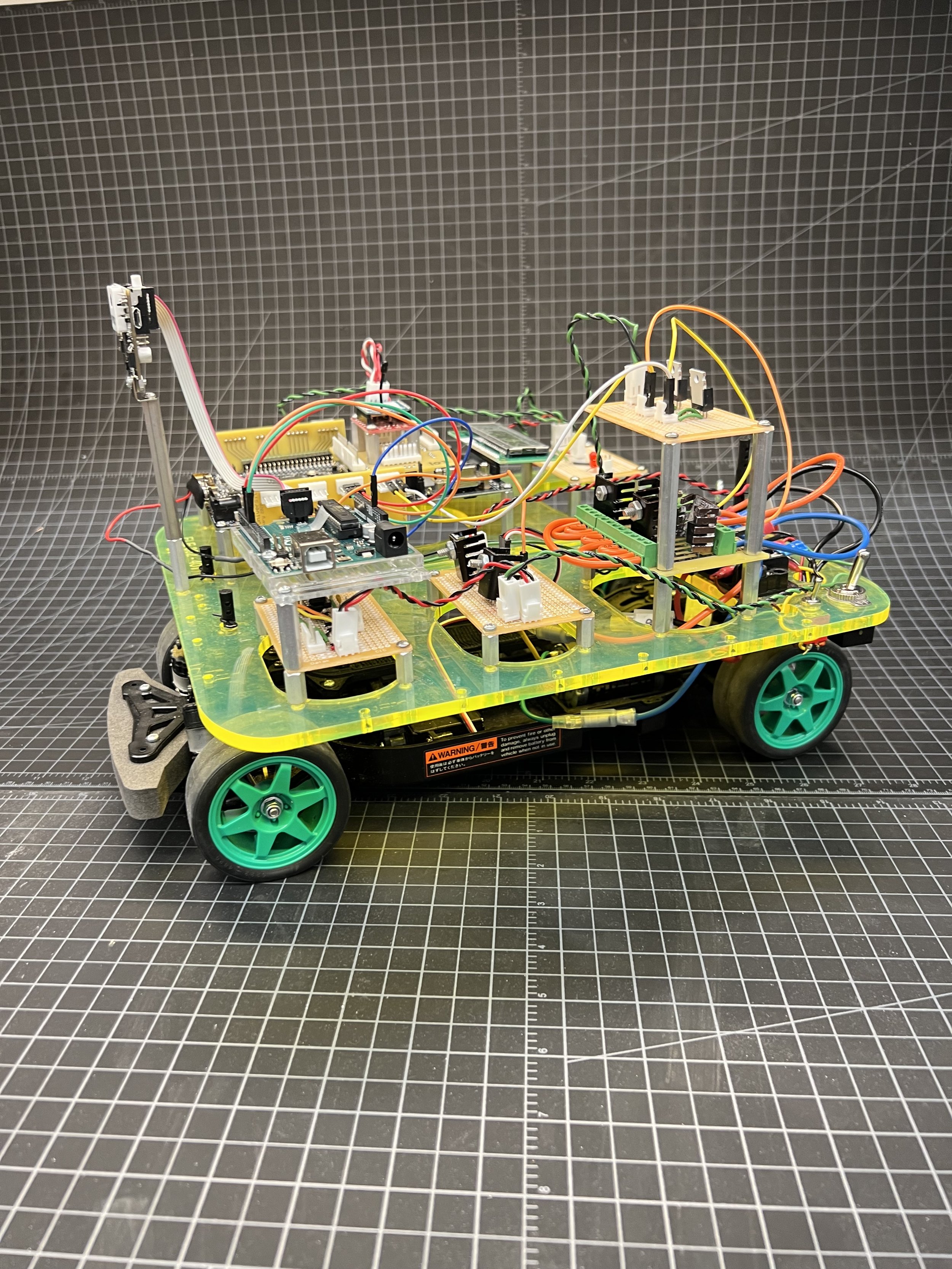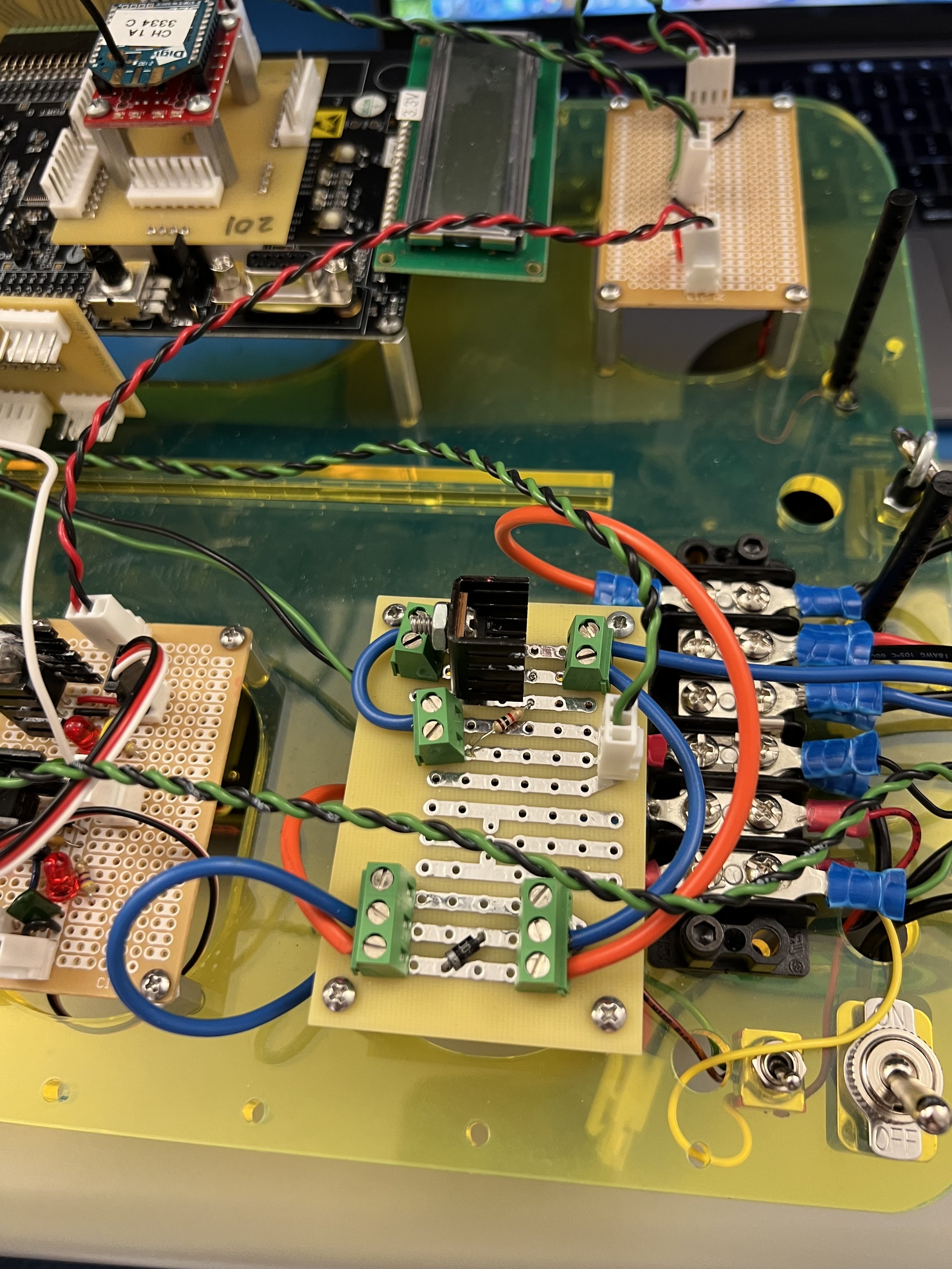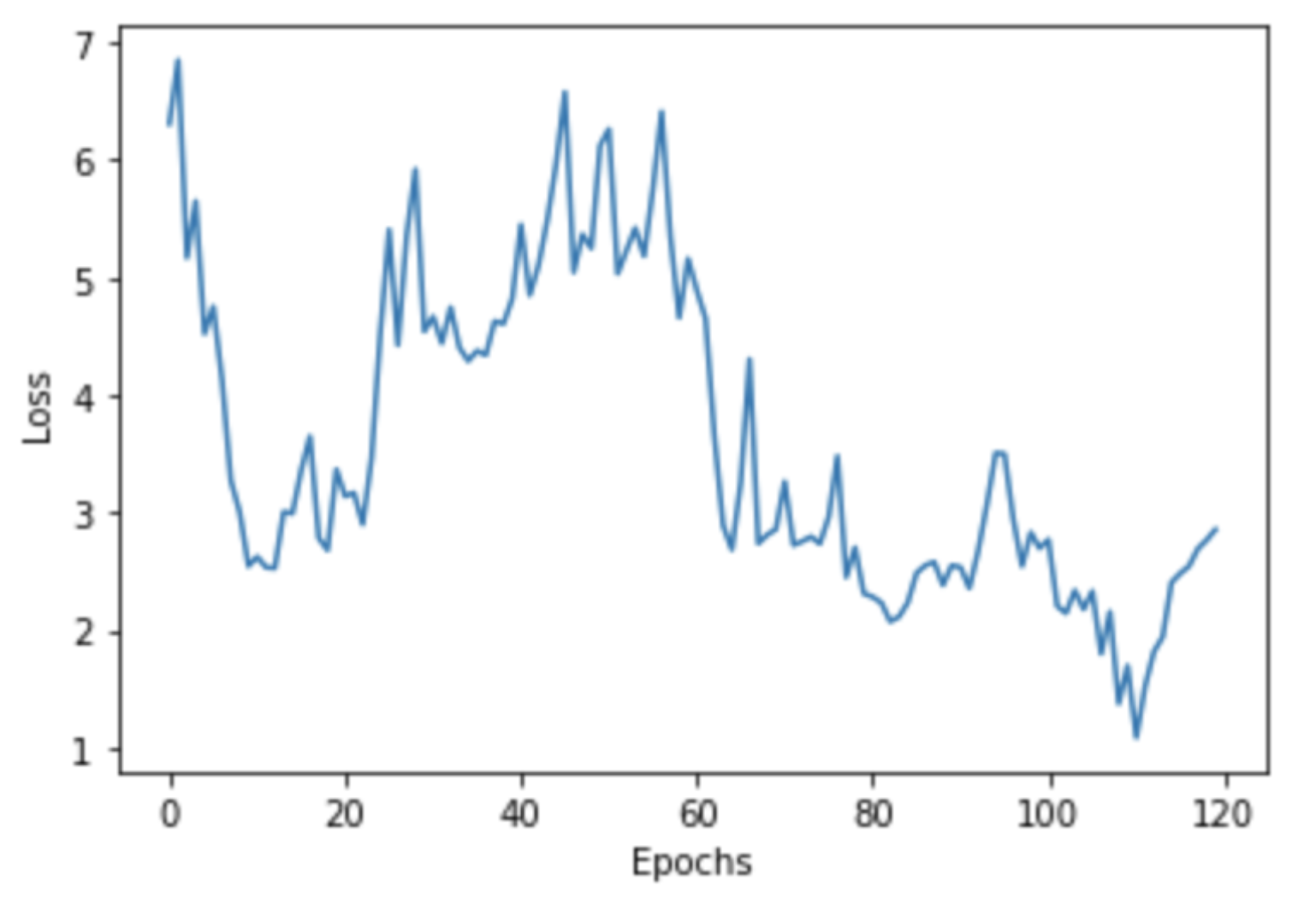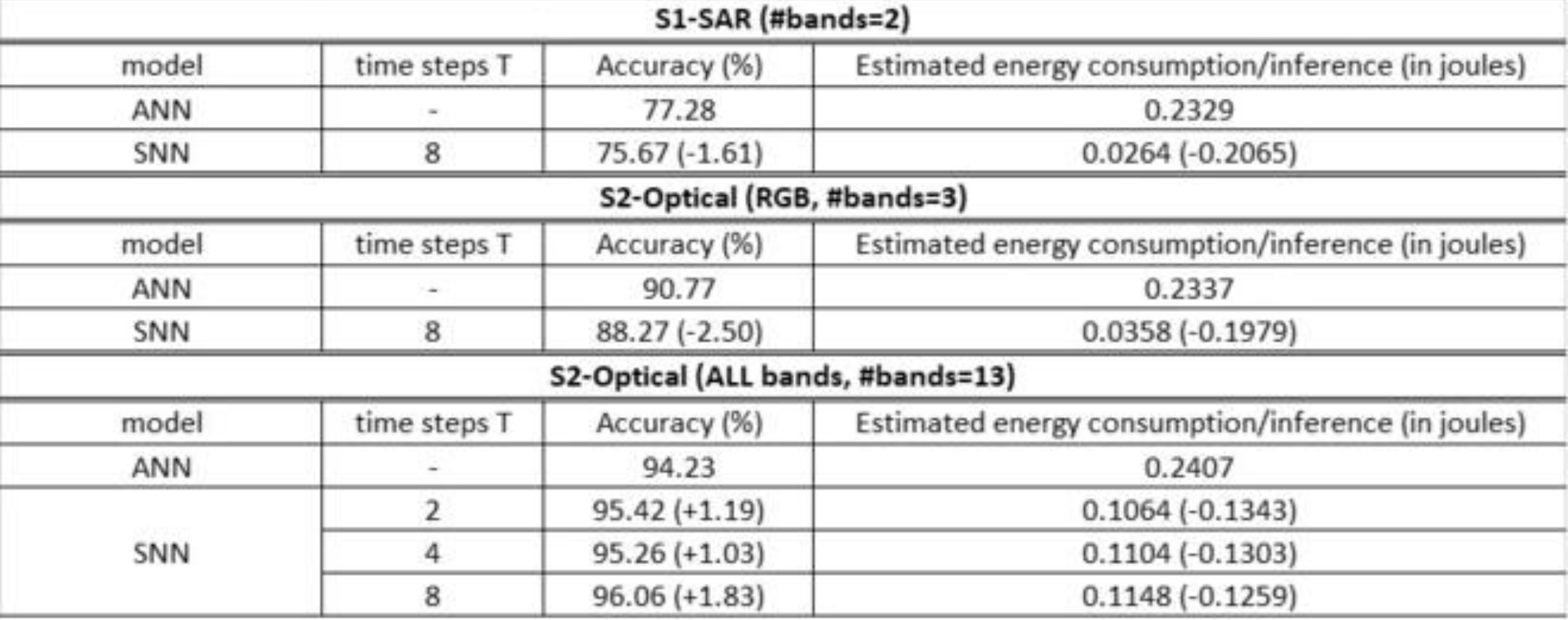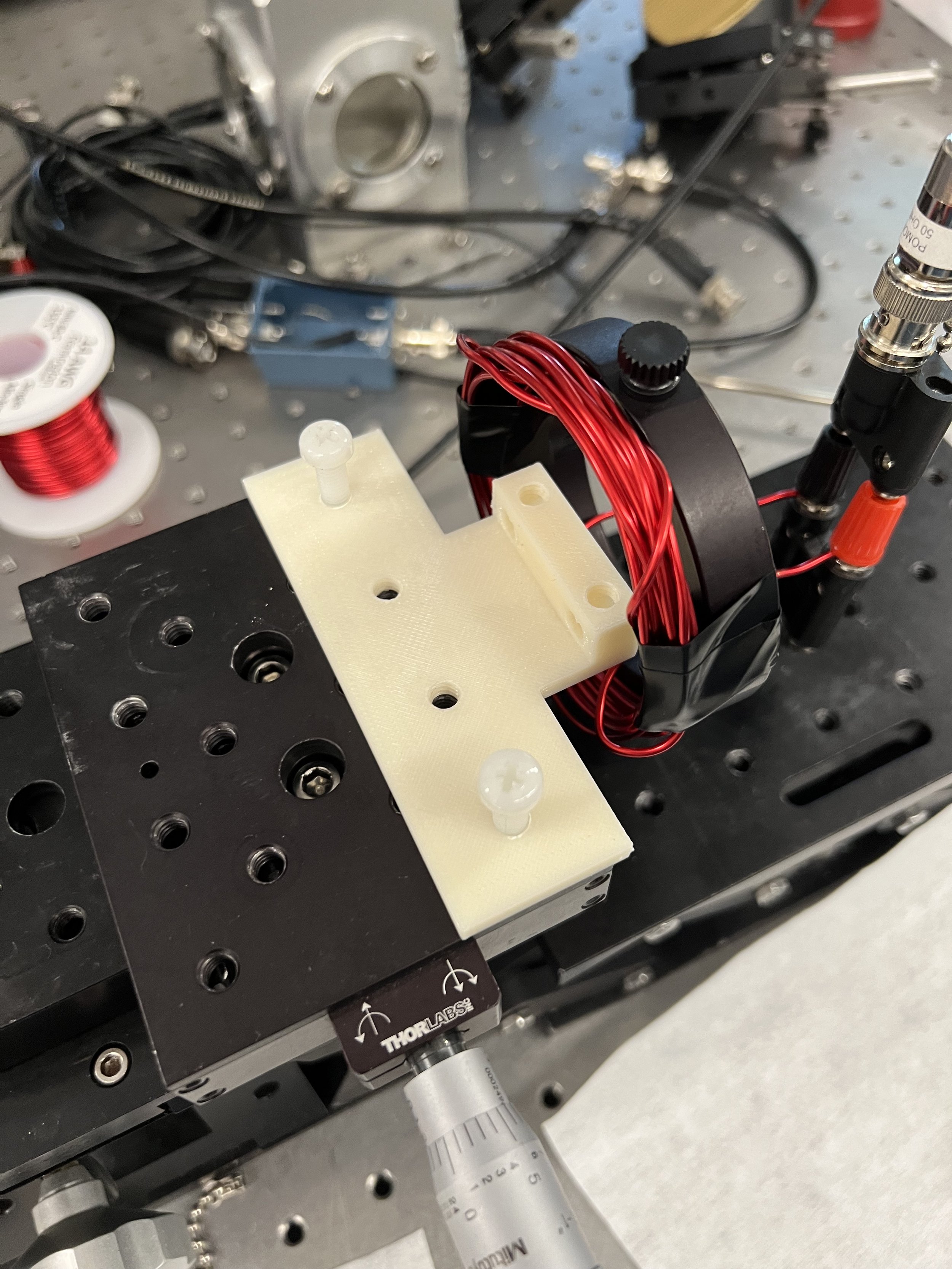Kathleen Bishop
ABOUT ME
Hi! I'm Kathleen Bishop, a Boston-based electrical engineer at Bevi. Throughout my time at Bevi, I’ve honed skills in hardware design, as well as isolated board-level and system-level testing. I design schematics and layout for printed circuit boards (PCBs) using Altium Designer, simulate circuits for theoretical validation, perform hands-on testing and bring-up, and troubleshoot field failures to identify root causes.
I have a strong foundation in photonics, hardware systems, and applied research. As an intellectually curious individual, I have a strong drive to continually learn and grow. With a team-first approach to collaborative work, I prioritize the group’s collective goal. I’m a strong communicator with a sharp technical skill set.
In May 2024, I graduated cum laude from Princeton University with a Bachelor of Science and Engineering in Electrical and Computer Engineering. While at Princeton, I was a student-athlete and captain of the Women’s Varsity Volleyball team.
I’m originally from Saint Paul, Minnesota, and a proud fan of the Vikings, Lynx, Timberwolves, and Twins. Outside of work, I love spending time outdoors skiing, hiking, biking, and camping.
Nov. 2024 - Present
Full-time Electrical Engineer at Bevi
2020 - 2024
Bachelor of Science and Engineering (BSE) in Electrical and Computer Engineering (Cum Laude)
Summer 2022
Interned in Dr. Claire Gmachl's Electrical and Computer Engineering Lab at Princeton University
Summer 2023
Interned at Helmholtz AI at the German Aerospace Center in collaboration with Yale University’s Intelligent Computing Lab
PROJECTS
Autonomous Vehicle
Princeton University
I collaborated with a partner to design, develop, and test an autonomous robotic vehicle capable of speed control, autonomous navigation, and obstacle avoidance. This project was conducted throughout a semester in Princeton University’s ECE302 course.
We integrated cameras, sensors, and custom hardware boards (H-bridge, hall-effect, motor control, voltage regulation, power distribution, voltage level-shifter) into an embedded system. We conducted extensive system verification using an oscilloscope, digital multimeter, and UART telemetry data.
Design Process
We began by creating schematic diagrams of the circuits we planned to build.
H-bridge
Motor control
Power distribution
Hall-effect
Voltage regulation (5V)
Voltage level-shifter
Next, we made the circuit boards, developed the firmware, and wrote the software.
H-bridge
Power distribution
Firmware for obstacle avoidance
We tested the system extensively with an oscilloscope and UART telemetry data.
Oscilloscope signal of hall-effect board
Oscilloscope signal of 5V voltage regulation board
Telemetry data used to verify the vehicle’s speed control system
Vehicle autonomously navigating a track
Fastest vehicle around the track!
Senior Thesis: Quantum Cascade Coupled Ring Laser On-Chip Biosensor
Claire Gmachl’s Electrical and Computer Engineering Lab, Princeton University
To begin my senior thesis, I conducted extensive research on quantum cascade (QC) semiconductor lasers, laser cavity shapes, diagnostic biosensors, and lab-on-a-chip technology. I designed and investigated a coupled passive waveguide system and a coupled active waveguide system. The systems relied on label-free detection and lab-on-a-chip technology in order to facilitate point-of-care-testing at the patient’s bedside.
I performed finite-difference time-domain analysis to simulate the behavior of the systems in response to changes in target molecule concentration. Changes in the concentration of the target molecule in the sample were simulated by altering the extinction coefficient of the sample region. The analysis examined changes in mode profiles, confinement factor, and electric field values. The proposed systems’ detection mechanism identified significant changes in confinement factor and optical output power. The coupled active waveguide system had the most distinct changes in confinement factor and optical output power in response to minute changes in target molecule concentration. Thus, it was determined that this system was most optimal for biosensing applications. The proposed system can detect target molecules with parts-per-billion sensitivity.
Coupled waveguide system schematics
Top-down view of coupled ring laser biosensor system. Active waveguides are coupled to both ring cavities to guide light in and out of cavities. Target molecules are placed along ring-air interface for sensing.
Cross-sectional view of coupled ring laser biosensor systems. The active coupled waveguide system (left) features substrates and cavities of indium phosphide, with waveguides made from indium gallium arsenide/aluminum indium arsenide. The passive coupled waveguide system (right) uses silicon dioxide for substrates and cavities, and silicon nitride for waveguides due to its higher refractive index.
Finite-difference time-domain analysis results
In order to simulate the system and understand the distribution of electric and magnetic fields (waveguide mode profiles), I utilized Tidy3D, a Python-based finite-difference time-domain (FDTD) simulation software.
(Left) Two-dimensional transverse magnetic mode profile of coupled active waveguide system. (Right) One-dimensional transverse magnetic mode electric field value as a function of lateral position at z = 6.5 μm.
Confinement of light within the active core of coupled active waveguide system as a function of the concentration of target molecules (extinction coefficient). The system supported three distinct modes and switched modes in response to minute increases in target molecule concentration.
As recognition for this research, I was honored with the Optical Engineering Award of Excellence by Princeton University’s Department of Electrical and Computer Engineering.
Silicon Photonic Neural Network
Paul Prucnal’s Lightwave Communications Lab, Princeton University
I investigated a silicon photonic neural network, optimizing perturbation rate to improve training and image identification accuracy. This project was conducted throughout a semester in Princeton University’s ECE458 course and under the mentorship of PhD students Jiawei Zhang and Weipeng Zhang.
Photonic Neural Networks
To begin this project, I researched photonic neural networks (PNN) and learned they are similar to artificial neural networks (ANN), but map their outputs to photonic hardware. Specifically, microring resonators are employed to represent the “weights” of the network and can be controlled by tuning various optical properties. The advantages of using photonics for neural networks include high computational speed, ultra-low latency operations, and efficiency.
Online Training
PNNs are typically trained offline—meaning that parameters (weights and biases) for the network are modeled in software that reflects the physical system before being mapped to the device. For effective offline learning, the device models must be highly accurate, and the process of mapping these models to hardware is inherently error-prone. Additionally, offline learning can be time-consuming and energy-intensive.
This project focused on online learning in which the machinery for training is built into the hardware itself. This approach eliminates the need for prior modeling of the network, thereby streamlining the learning process and reducing associated errors.
Experimental Setup
A waveform is loaded into the arbitrary waveform generator (AWG), which then outputs three optical signals to the optical systems (each with a unique emission wavelength). The modulators receive RF signals from the AWG output channels and DC bias input voltage from a function generator. The three optical signals are transmitted to polarization controllers and then combined into a single signal after passing through the wavelength division multiplexer system. This combined optical signal is sent to the chip, processed by the photonic weight bank, converted to photocurrents, and finally collected by the oscilloscope.
Throughout the project, I perturbed the microrings’ current values and calculated the resulting loss. I determined the optimal perturbation rate to improve training and increased the image identification accuracy of the system by 30%.
Results
Perturbation Rate: 0.0075
When the perturbation rate is too small (0.0075), the training is ineffective due to fluctuations. Fluctuations lead to high uncertainty of slope of Loss vs. Perturbation plot. The maximum accuracy was 66.66%.
Perturbation Rate: 0.1
When the perturbation rate is too large (0.1), then the approximation of the gradient does not work and training is again ineffective. The maximum accuracy was 66.66%.
Perturbation Rate: 0.05
Effective training with a perturbation rate of 0.05. The maximum accuracy was 96.66%.
Online learning has proven to effectively train PNNs
Online learning can be advantageous over offline learning
Perturbation rate greatly affects the loss function and the effectiveness of the PNNs
Conclusions
Spiking Neural Network
Conrad Albrecht’s Research Group, Helmholtz AI, German Aerospace Center
I joined Conrad Albrecht’s Helmholtz AI research group at the German Aerospace Center (DLR), where I contributed to advancing semi-supervised machine learning methodologies for large-scale earth observation data. The group is dedicated to enhancing techniques in deep learning and numerical optimization, leveraging high-performance computing infrastructure. Ultimately, the Albrecht group focuses on gaining insights to address global challenges such as the United Nation’s Sustainable Development Goals.
My project, in collaboration with Yale University’s Intelligent Computing Lab, focused on applying a spiking neural network (SNN) classification system to energy-efficient earth observation. To begin, I conducted extensive research on SNNs. SNNs model brain neurons as they use discrete spikes (represented by Dirac delta functions) to compute and transmit information. The spike events are sparse, lending to the energy-efficiency of SNNs. I applied SNNs to the EuroSAT dataset, a dataset for land use and land cover classification with 27,000 Sentienel-2 satellite images. At the start of the training process, I encountered an issue: the non-differentiable nature of the Dirac delta functions made SNNs incompatible with gradient descent-based training methods. In order to overcome this challenge, surrogate gradient descent optimization was proposed. I also investigated two difference encoding techniques used to convert images into a binary spike trains: rate and direct coding. Rate coding utilizes a non-differential Poisson spike generator to convert pixel intensity into a spike train, where the number of spikes is proportional to the pixel intensity. Alternatively, direct coding utilizes a trainable layer within the neural network architecture to generate a float value for each time step. I then investigated the accuracy and energy-efficiency of SNNs compares to ANNs for landcover classification.
Project Summary
The results in the table below were obtained with direct coding for SNN compared with VGG9 ANN on the EuroSAT dataset. The table includes accuracies and estimated energy consumption per inference. It was determined that SNNs achieve comparable accuracies and a significant reduction in energy consumption to ANNs.
Results
Our team's abstract detailing this research and its findings was accepted for presentation at the Helmholtz AI Conference 2024.
Abstract
Wirelessly Powered Quantum Cascade Laser
Claire Gmachl’s Electrical and Computer Engineering Lab, Princeton University
I investigated the wireless powering of a quantum cascade semiconductor laser using inductive coupling, in collaboration with a PhD student. My research began with an in-depth study of quantum cascade lasers, power transfer mechanisms, and power electronics. I extensively used LTspice to simulate the experimental setup and continuously assessed system efficiency through oscilloscope data collection. My primary focus was on minimizing power loss during transfer between coils and optimizing overall system efficiency. Additionally, I gained hands-on experience with CAD software by designing a custom 3D-printed holder for the quantum cascade laser, tailored specifically for our experimental setup.






